Tuesday, 11 June 2019 09:01
Insurance as a Social Safety Net along the Coasts: How Equipped is the Indian Fisheries Sector to Insure the Fisher folk and their Assets?
Written by Super User
By Shinoj Parappurathu, C. Ramachandran, A. Gopalakrishnan
ICAR-Central Marine Fisheries Research Institute, Kochi – 682 018
Email: pshinoj at gmail.com
 Across the globe, the need for institutional mechanisms to address risk and uncertainties in the fisheries sector has intensified in the recent times on several counts. First, advancements in technology have resulted in escalation of investments, thereby deepening the economic risks associated with fishing and fisheries; second, climate change and resultant increase in the incidence of extreme weather events pose serious threats to the coastal inhabitants and their livelihood, mainly the fishing community; and third, capture fishing is inherently risky, with over 24,000 fisher folk casualties every year as per the estimates of the International Labour Organization, besides damages to craft and gear. Insurance is one of the widely accepted social safety net tools adopted across the world as an effective instrument for containing and mitigating a wide variety of risks such as asset risks, production and management risks, market risks, personal and health risks. Several variants of insurance products are in vogue in the fisheries sector such as accident insurance to cover the life/disability risks of fishing crew; vessel/ gear (fishing net) insurance to cover the damages incurred to fishing equipment; insurance coverage for coastal assets (houses and other immovable property) of fisher folk; aquaculture insurance to cover damages to crops due to disease incidence or other weather events, and so on. Insurance as a safety net is particularly important in developing coastal economies as they are predominantly small-holder oriented, supporting the livelihoods of a significant number of resource poor coastal inhabitants, for whom shock-absorption mechanisms during difficult times are crucial for survival.
Across the globe, the need for institutional mechanisms to address risk and uncertainties in the fisheries sector has intensified in the recent times on several counts. First, advancements in technology have resulted in escalation of investments, thereby deepening the economic risks associated with fishing and fisheries; second, climate change and resultant increase in the incidence of extreme weather events pose serious threats to the coastal inhabitants and their livelihood, mainly the fishing community; and third, capture fishing is inherently risky, with over 24,000 fisher folk casualties every year as per the estimates of the International Labour Organization, besides damages to craft and gear. Insurance is one of the widely accepted social safety net tools adopted across the world as an effective instrument for containing and mitigating a wide variety of risks such as asset risks, production and management risks, market risks, personal and health risks. Several variants of insurance products are in vogue in the fisheries sector such as accident insurance to cover the life/disability risks of fishing crew; vessel/ gear (fishing net) insurance to cover the damages incurred to fishing equipment; insurance coverage for coastal assets (houses and other immovable property) of fisher folk; aquaculture insurance to cover damages to crops due to disease incidence or other weather events, and so on. Insurance as a safety net is particularly important in developing coastal economies as they are predominantly small-holder oriented, supporting the livelihoods of a significant number of resource poor coastal inhabitants, for whom shock-absorption mechanisms during difficult times are crucial for survival.
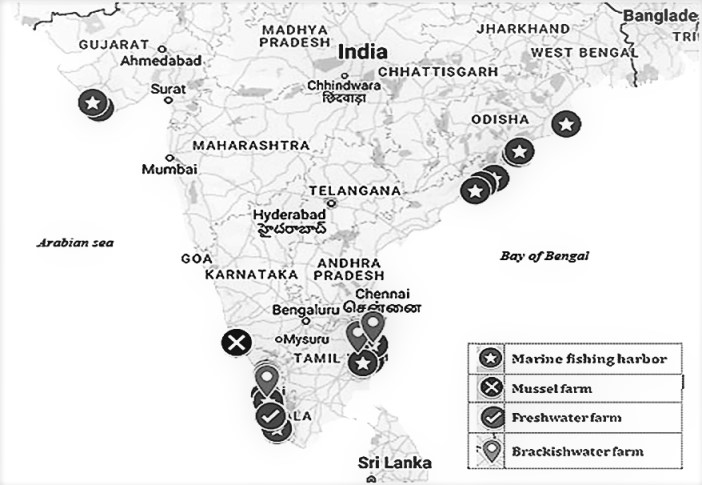 A recent study1 we and our colleagues conducted throws light on the level of adoption of various types of insurance by the fisher folk in the coastal belt of India. The study illustrated that risk financing behavior of Indian fishermen is notably low except in a few areas and that a number of constraints contribute to the prevailing state of affairs.
A recent study1 we and our colleagues conducted throws light on the level of adoption of various types of insurance by the fisher folk in the coastal belt of India. The study illustrated that risk financing behavior of Indian fishermen is notably low except in a few areas and that a number of constraints contribute to the prevailing state of affairs.
Based on a primary survey conducted across selected maritime states of India in 2016, an assessment of the adoption of various types of personal/group accident insurance schemes revealed interesting insights. On the positive side, adoption of personal/group accident insurance was fairly high in the states of Kerala and Tamil Nadu, with over 80 per cent of fishermen covered in the former. On the other hand, none of the respondent fishermen were insured in Andhra Pradesh, despite it being a state with a high incidence of extreme weather events. The states of Gujarat and Odisha were no better with only large landing centres well served, leaving out the majority of smaller ones.
The level of adoption of vessel insurance was also not found to be better. Except in the case of large landing centres where influential boat owners’ associations operate their own insurance programs using revolving corpus funds collected from fishermen, the coverage of vessel insurance is hardly satisfactory across the maritime states. Insurance coverage of fishing nets is even worse with most of the fishermen having opted out of it irrespective of region. In the same vein, household asset insurance coverage against unforeseen natural disasters, to which most of the coastal families are routinely exposed, is reported to be minimal.
What are main factors that hold back Indian fishermen from accessing insurance coverage for themselves and their assets? The study indicates that the main factors are lack of awareness of risk management solutions, a low resource base making available risk management options nearly unaffordable, and lack of confidence in claim settlement procedures.
On the part of the insurance industry, besides high risk perception, the dissuading factors are profitability concerns, high chance of moral hazards (e.g., greater risk taking behavior by those insured) and lack of adequate data about disaster risks. As enrollment by fishermen is lower due to the above reasons, the insurance companies have limited options to develop products that are affordable. The private insurance industry seems to have stayed back, citing the low interest of fishermen, poor demand for insurance, low profitability, high risk involved and high moral hazards. The study however emphasizes the need for catching up with rest of the sectors, as the investment stakes in fisheries have gathered weight in recent times.
We, however, are optimistic about the scope for reforming fishery insurance in the country through concerted efforts. In our study, we indicate the need for inculcating a risk financing culture in the coastal areas with the help of social campaigns. Ensuring the participation of grass-roots level organizations (fishery cooperatives/NGOs/boat owner associations/producer associations) as intermediaries or partners for insurance administration would be helpful to strengthen grass root level support services. Micro-level enrollment could be catalyzed by deploying a brigade of rural insurance agents/service providers. Bundling micro-credit with asset/disaster insurance programs is another sensible option to enhance coverage of schemes in areas where self-help groups have an active presence. To enhance affordability of fisher folk to insurance products, flexible options such as payment of premium in installments may be introduced. Another alternative is to bring in the provision of compensating for partial damage of fishing vessels. Presently, this is not on offer. New products in hitherto un-serviced areas like cage culture, seaweed farming and mussel culture could be thought of. The government should strive towards developing adequate dispute settlement mechanisms to address grievances, besides taking measures to increase competition in the insurance sector by incentivizing the entry of new players. Some of the existing unhealthy subsidies may be reallocated towards incentivizing greater insurance coverage. A certain degree of legislative coercion in the form of mandatory insurance coverage in selected enterprises may be also considered to enhance adoption.
 Together with governance reforms, technology can play a vital role in improving efficiency, bringing transparency and reducing moral hazards in fishery insurance. Innovative products such as weather-index based insurance schemes are already in force in the agriculture sector, wherein, satellite data and inputs from weather stations are being used to trigger insurance payments in case of occurrence of weather related events. These can be extended to the fisheries sector as well, to increase efficiency and simplify procedures. The inputs from such platforms could be used for compensating damages to coastal assets of fisher folk, marine cages, and other fishery-related infrastructure. Similarly, advanced vessel monitoring systems (VMS), which are presently in the pipeline to be introduced in India, could be used to track the fishing vessels and assess incidents such as mid-sea capsizing and collisions. Such data would be valuable for the insurance companies to verify insurance claims by affected beneficiaries. Further, interactive ICT tools and mobile applications could be leveraged for speedy processing of insurance claims as well as for real-time assessment of damages incurred to fishing vessels and mariculture units in case of calamities. Over and above these, long-lasting efforts to improve the socio-economic conditions and living standards of the fishing community through development programs can complement the greater use of insurance.
Together with governance reforms, technology can play a vital role in improving efficiency, bringing transparency and reducing moral hazards in fishery insurance. Innovative products such as weather-index based insurance schemes are already in force in the agriculture sector, wherein, satellite data and inputs from weather stations are being used to trigger insurance payments in case of occurrence of weather related events. These can be extended to the fisheries sector as well, to increase efficiency and simplify procedures. The inputs from such platforms could be used for compensating damages to coastal assets of fisher folk, marine cages, and other fishery-related infrastructure. Similarly, advanced vessel monitoring systems (VMS), which are presently in the pipeline to be introduced in India, could be used to track the fishing vessels and assess incidents such as mid-sea capsizing and collisions. Such data would be valuable for the insurance companies to verify insurance claims by affected beneficiaries. Further, interactive ICT tools and mobile applications could be leveraged for speedy processing of insurance claims as well as for real-time assessment of damages incurred to fishing vessels and mariculture units in case of calamities. Over and above these, long-lasting efforts to improve the socio-economic conditions and living standards of the fishing community through development programs can complement the greater use of insurance.
Reference
1. "What ails fisheries insurance in India? An assessment of issues, challenges and future potential” by Parappurathu, Shinoj, Ramachandran, C., Gopalakrishnan, A., Kumar D., Poddar, M.K., Choudhury, M., Geetha, Koya, M.K., R., Kumar, R.N., Salini, K.P. and Sunil P.V. In Marine Policy (2017) 86: 144-155.
Acknowledgements The authors gratefully acknowledge the financial support obtained from the Indian Council of Agricultural Research (through institute project no. FISHCMFRISIL201202200020) for conducting the study.


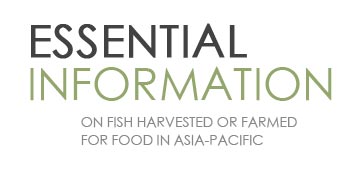
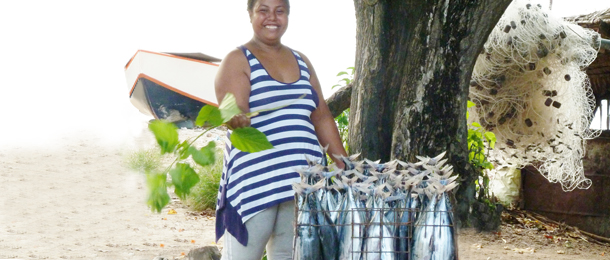

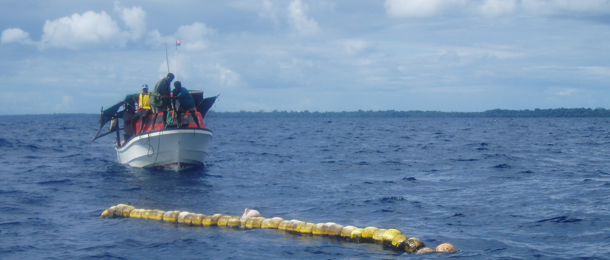
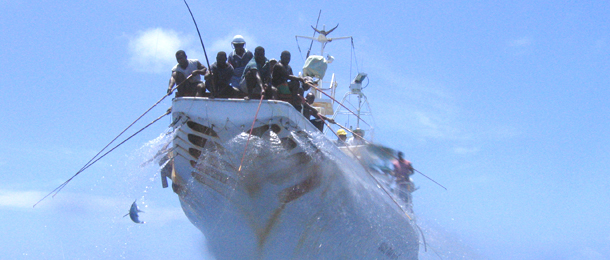
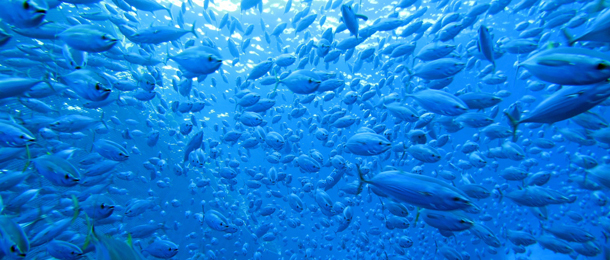
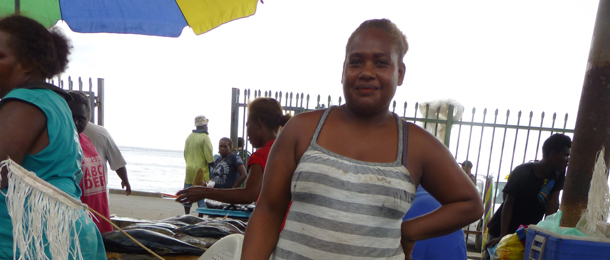

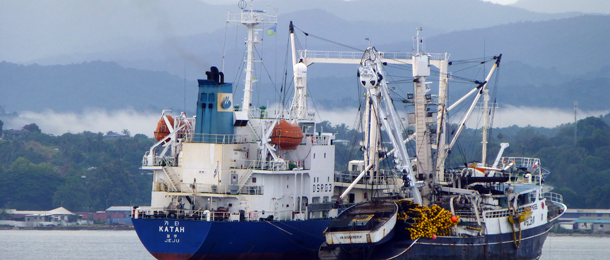
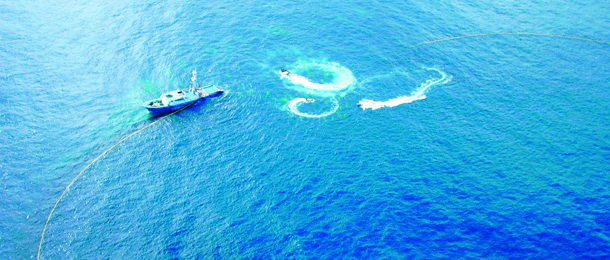


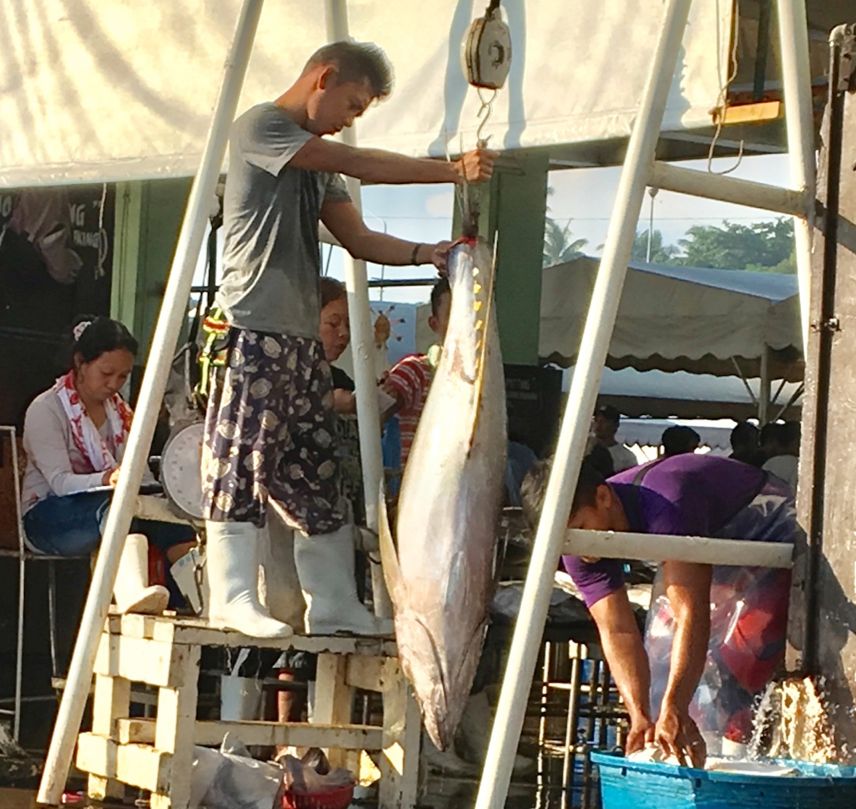 AsiaPacific-FishWatch's Sustainability pages for 6 Western and Central Pacific and Indian Ocean tuna species – covering 12 stocks – have been updated. By current assessments, the outlooks, tempered by management measures being taken, show:
AsiaPacific-FishWatch's Sustainability pages for 6 Western and Central Pacific and Indian Ocean tuna species – covering 12 stocks – have been updated. By current assessments, the outlooks, tempered by management measures being taken, show:
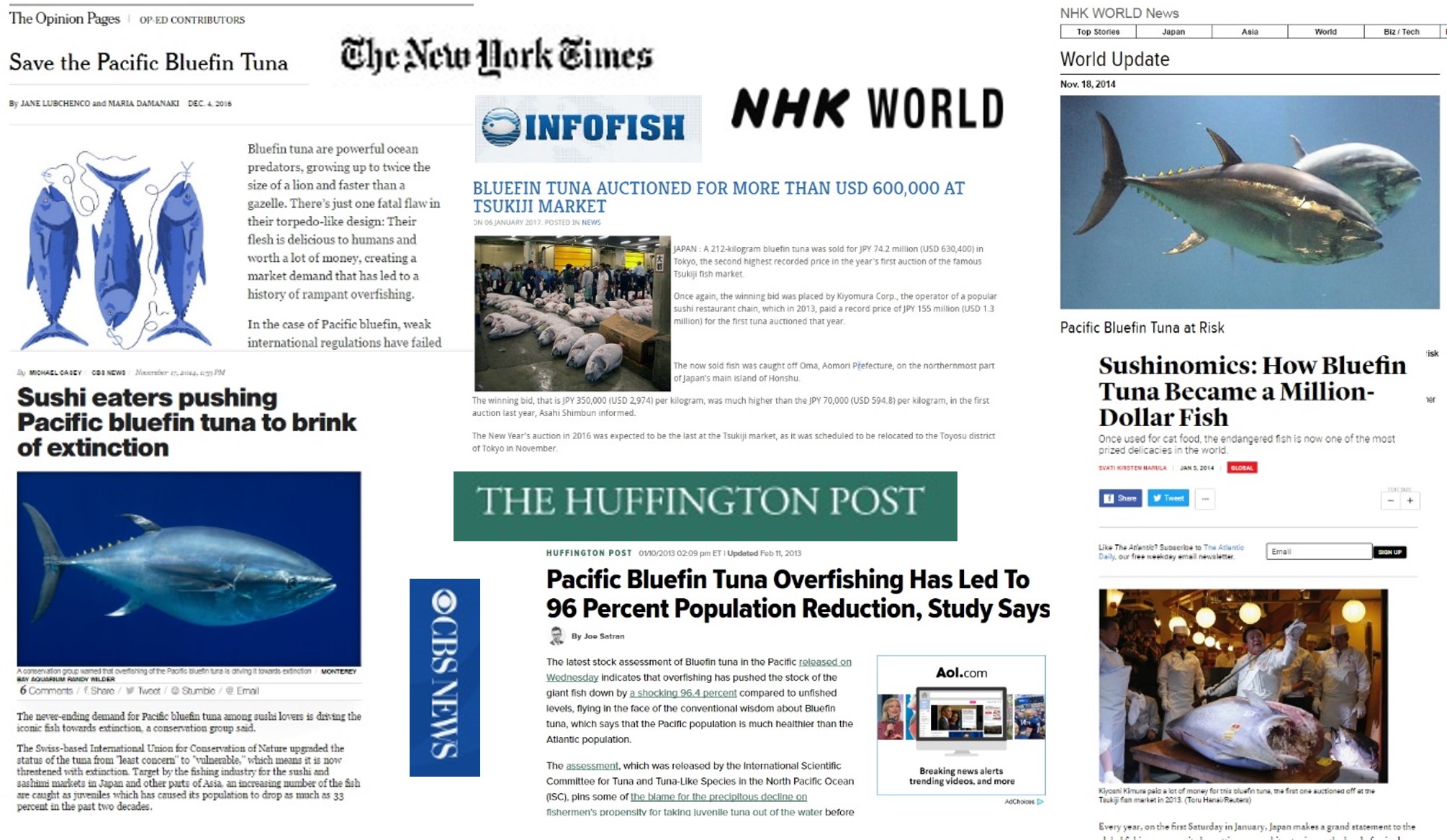


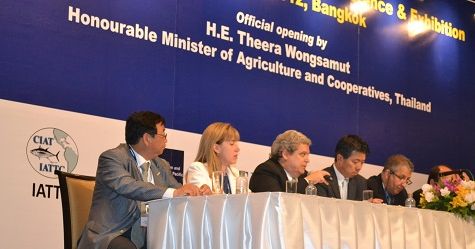 The
The 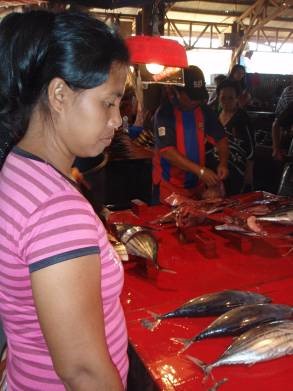 The project is launching with the profile of the region’s skipjack tuna fisheries (see
The project is launching with the profile of the region’s skipjack tuna fisheries (see 
